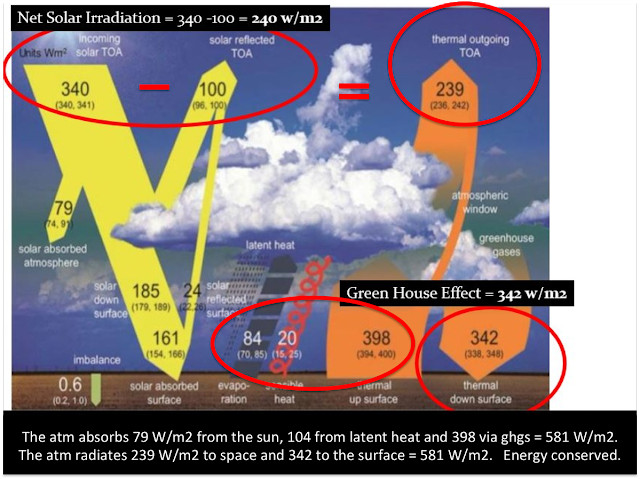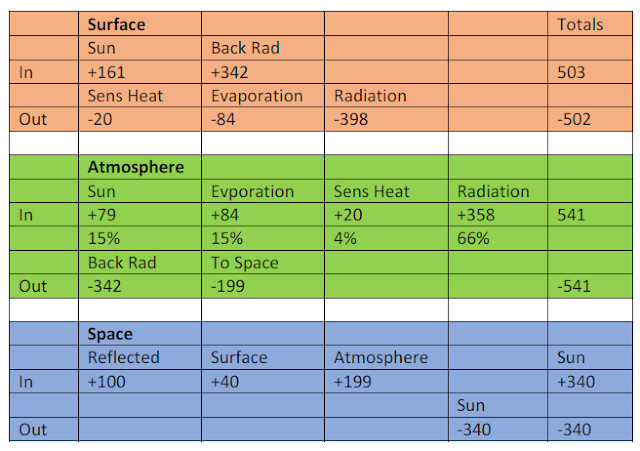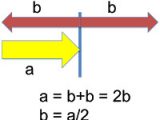
Heat Has No Hair
September 1, 2018Among physicists and chemists, well at least the theoretical side of the latter it is well known that electrons have no hair by which is meant that a bunny can't tell one electron from another. This has serious consequences in quantum mechanics because in a multi-electron system you have to allow for each electron to be anywhere any electron is and it gets quite complicated. True, when an atom is ionized you can trace the electron as it is expelled from the atom, but you can't say WHICH electron it was. Same for electron capture. You could identify an atom before it is captured, but once it was captured you can not identify it from any of the others in the atomic system.
The same thing is true of heat. Heat in an object, perhaps better thermal energy, is random motion of atoms and molecules, translation, vibration, whatever. You can say where heat entering an object came from (say radiation from the sun), but if there is more than one source (trivial case).
once it is randomized and in the object you can't say where it came from.
Which brings Eli to the evergreen claim of those who deny the greenhouse effect, that radiation is not important compared to convection.
We can summarize the data in the figure above adding that ~40 W/m2 go directly from the surface to space as IR radiation of the 398 W/m2 leaving the surface. In and out in the table below means into and out the surface the atmosphere and space respectively. In is taken as a positive addition to the heat content and negative a decrease. All numbers are fluxes in W/m2
In addition to 161 W/m2 from the sun absorbed at the surface the surface is warmed by 342 W/m2 of IR radiation from the atmosphere. At this point a whole lot of people say, hmm, 104 W/m2 from sensible heat and evaporation, e.g. convection, is bigger than the net 398 - 342 = 56 W/m2 from radiation, so radiation is not such an important process in cooling the surface, more properly removing thermal energy from the surface. A lot of the more, shall Eli say, sky dragonny, or numerically impaired go so far as to say radiation is not important, even though on their own terms it accounts for about a third of the heat leak.
However, that is not the important point. The important point is to realize that surface IR radiation absorbed in the atmosphere is rapidly (10 μs) thermalized and converted into random motion of the molecules in the atmosphere, just as is latent heat from condensation of water vapor and from sensible heat. Very little, less than a part per million, is directly radiated back to the surface and we can neglect that.
The 342 W/m2 of back radiation is OBSERVED, so this ain't a model or a theory, where does it come from? It comes from ALL of the sources pushing heat into the atmosphere, from the convective and radiative heat transfer from the surface.
That being the case the source of the IR backradiation must be allocated by proportion to the amount transferred from the surface. Let's do that as is shown in the second and third lines of the table below
The bunnies can refer to the first table above and read out the amount of flux absorbed in the atmosphere from each source. The next and last line is the proportional flux which warms the atmosphere. By inspection IR radiation from the surface is much larger than the other three, indeed it is about twice as big as the sum of them.
As far as emission to space, 29% directly from reflection from the atmosphere and surface, 12 % directly from thermal IR emission of the surface and 59% comes from IR emission from the atmosphere.




